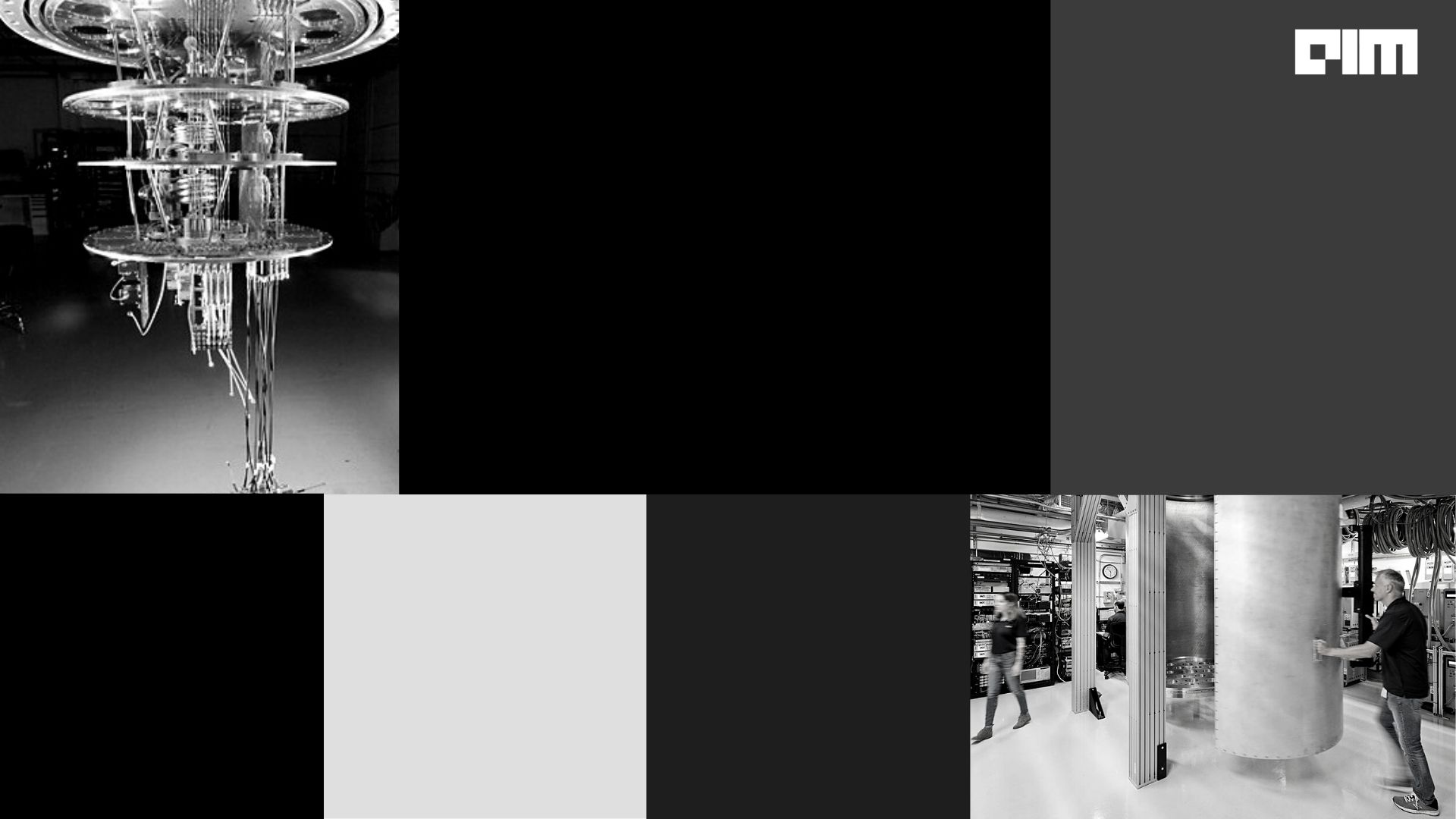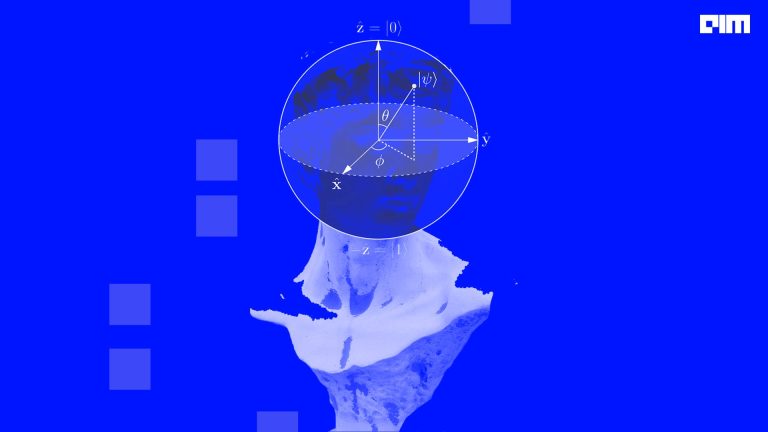Recently, ‘Quantum Materials’ has evolved as a powerful umbrella concept. It has gained popularity across varied scientific and engineering domains– ranging from condensed matter and cold atom physics to materials science and quantum computing. Two upcoming publications have greatly signified this evolving concept of quantum materials. In both articles, researchers have outlined a strategy for obtaining record levels of precision to simulate quantum materials.
In our most recent paper, we show how a ring of qubits can be used to simulate electrons in a wire, revealing fundamental properties like energy & momentum. By processing data using a Fourier Transform, we are able to achieve record levels of precision. https://t.co/rV8xkCV0Vc pic.twitter.com/g113WXnwd3
— Quantum AI (@GoogleQuantumAI) June 30, 2021
In the first study, researchers looked at one-dimensional systems like thin wires and demonstrated how to precisely calculate electrical parameters such as current and conductance. In the second paper, researchers show how to use a quantum processor to replicate essential physical properties using the Fermi-Hubbard model representing interacting electrons. These findings represent a crucial step toward achieving the long-term objective of modelling more complicated systems with real-world applications, like batteries and medications.
Computing electronic properties of a quantum ring
In a forthcoming paper called ‘Accurately computing electronic properties of a quantum ring‘, researchers have described how to calculate specific electrical properties of quantum materials. The paper focuses on one-dimensional conductors, which researchers model using the Sycamore processor to create an 18-qubit loop that mimics a thin wire.
Researchers demonstrated the underlying physics with a series of simple textbook experiments, beginning with calculating the wire’s band structure which describes the link between electron energy and velocity. They achieved less than one percent of the error, despite having an 18-qubit algorithm with over 1,400 logical operations. It was a primary computational task for near-term devices.
In general, Quantum processors must overcome two critical sources of error to outperform conventional approaches– error from control and decoherence. Researchers presented an experimental blueprint for obtaining low-control error and comprehensive decoherence. The robust features of the Fourier transform allowed for this level of accuracy.
Researchers measured a quantum signal that oscillates in time with a small number of frequencies. A Fourier transform of the signal exhibited peaks at the oscillation frequencies. While experimental flaws impact the height of the observed peaks, the central frequencies remain unaffected. On the other hand, the researchers found the centre frequencies to be particularly sensitive to the physical attributes of the cord. The idea of the study was to examine the Fourier quantum signals that allow robust protection from experimental mistakes while giving the underlying quantum system a sensitive probe.
The Fermi-Hubbard model
In the paper ‘Observation of Separated Dynamics of Charge and Spin in the Fermi-Hubbard Model,’ researchers examined the dynamic behaviour of electrons as they interact in the Fermi-Hubbard model. In some regimes, the model is exceedingly difficult to solve on traditional computers and used commonly to test numerical approaches for tightly correlated systems. Spin-charge separation, or the fact that spin and charge excitations travel at different speeds due to interparticle interactions, is a unique property of the one-dimensional Fermi-Hubbard model.
When particles interact, spontaneous new phenomena like high-temperature superconductivity and spin-charge separation are produced. The Fermi-Hubbard model can easily represent this behaviour. The atomic nuclei in materials like metals create a crystalline lattice, and electrons bounce from one lattice site to the next, carrying an electrical current. It is vital to include the repulsion that electrons experience when they get close to one another to depict these systems appropriately. The Fermi-Hubbard model describes this physics with two simple parameters– hopping rate (J) and repulsion intensity (U).
The researchers could actualise the model’s dynamics by mapping the two physical parameters to logical operations on the processor’s qubits. They simulated an electron state in which both the electron charge and spin densities peak around the qubit array’s centre using these methods. The high connections between electrons cause the charge and spin densities to spread at different rates as the system evolves. Their findings gave a clear picture of interacting electrons and served as a baseline for modelling quantum materials using superconducting qubits.
Summing up
Quantum processors have the potential to tackle computationally difficult jobs faster than traditional methods. However, these constructed platforms must offer computational precision beyond the current traditional approaches to be considered genuine challenges. Hence, these two experiments demonstrate an amazing level of accuracy in simulating simple materials. Researchers hope that these experimental results aid in surpassing the classical computing era.


















































































